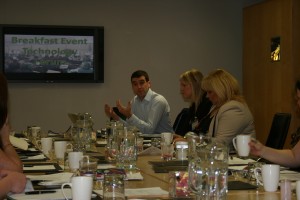With police forces and local authorities adding CCTV requirements to most licences many event organisers find themselves exploring CCTV for the first time. This article covers some of the advantages of deploying CCTV systems as part of our service highlights series.
The primary advantages of deploying CCTV at your event can be grouped into three main areas:
- Operational Control
- Security and Deterrence
- Attendee comfort
1. Operational Control
CCTV systems provide invaluable, real-time visibility throughout an event enabling monitoring teams to:
- Identifying bottlenecks and re-direct attendees away from or resources to specific areas
- Direct security or first aid teams to problems and monitor if they require additional resource
- Allowing operational staff to assess and react to incidents from a ‘birds eye’ view
- Aid future planning in crowd dynamics and stage scheduling using replays of data after the event
2. Security and Deterrence
The very presence of CCTV systems can act as a deterrent to would be criminals and trouble makers and allow:
- Allowing fast identification and removal of criminals
- Providing policing teams with clear evidence of behaviour for prosecution
- Fast identification and removal of anti-social behaviour
- Aid catching and prosecution of elements
3. Attendee Comfort
A psychological advantage of CCTV systems is one of perceived safety. Attendees feel safer at large events when they know that CCTV cameras are securing an area especially those with children or who are new to events.
Contact our team now to find out how CCTV systems can give you the operational control and security your event requires.







